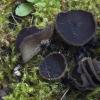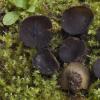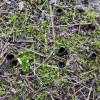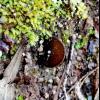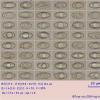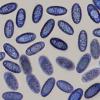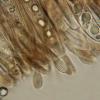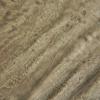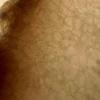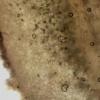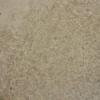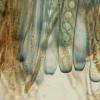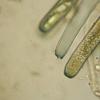
05-12-2025 17:33
 Bruno Coué
Bruno Coué
Bonjour, je serais heureux de recueillir votre avi

07-12-2025 09:24
De la pasada semana en Galicia EspañaEn el suelo

06-12-2025 00:19
 Viktorie Halasu
Viktorie Halasu
Hello, would anyone have this article, please? An

02-12-2025 18:59
This pair of ascos 2.5cm across were on recently b

02-12-2025 19:25
Buckwheat PeteHello, can anyone identify this hairy fungus growi

30-11-2025 12:53
 Edvin Johannesen
Edvin Johannesen
White short-stipitate apothecia found on thin twig
Agradecería vuestras opiniones.Saludos
Personally, I don't know this species, but maybe compare with Peziza berthetiana or muscicola?
Mirek

https://www.centrodeestudiosmicologicosasturianos.org/?p=56565
https://www.centrodeestudiosmicologicosasturianos.org/?p=37499
incluso en esta descripción habla de ascas aporrincas.
Paragalactinia berthetiana (Donadini) Van Vooren, Ascomycete.org, 12 (4): 189 (2020).
Basiónimo Peziza berthetiana Donadini, Doc. mycol., 14 (56): 47 (1985).
Diagnóstico Apotecia cupulata violaceo-vinosa: Methuen 12 F5, 1–2 cm lata. Excipulum clarius aurantio vel luteo brunneum: Methuen 5 C6-7-8 - E6-7-8. Caro parum crassa, fragilis, lactifera; látex albus lutescens. Subhimenio: textura globulosa angulari, spissum de 50 µm. Excipulum medullare superum: textura intricata, 160 µm. Excipulum medullare inferum: textura globulosa, celulis globosis 35–50 µm; 500 µm spissum, lactiferum. Excipulum ectale: textura angulari, 150 µm spissum. Ascas 320–350 × 12–14 µm aporhynchi jodo caerulescentes, J+. Sporae ellipsoideae, uninucleatae, uniguttulatae, verruculis vel subreticulo ornatae: (14)15–16(17) × (8,5)9(9,5) µm. Paraphyses septatae, in medio ramosae, alte ad apices usque ad 11 µm incrassatae, saepe loculosae, granulis viridis vel brunneo-luteis praeditae. Typus in herbario nostro MARZO - JCD, sub n° 853-75, La Gélade, Aubagne (Francia 13): 20.11.75, Pinus halepensis.
Tipo JCD 853-75 (MPU) - holotipo

The collections illustrated by Enrique under this name do not correspond to this species. ERD-8663 is probably P. hypoleuca, and ERD-8662 is P. succosella or hypoleuca. It is not clear for the latter because the spore shape is different between the one taken in water and the other in CB...
El látex en hipoleuca es también blanco con viraje al verde amarillento?
Saludos
